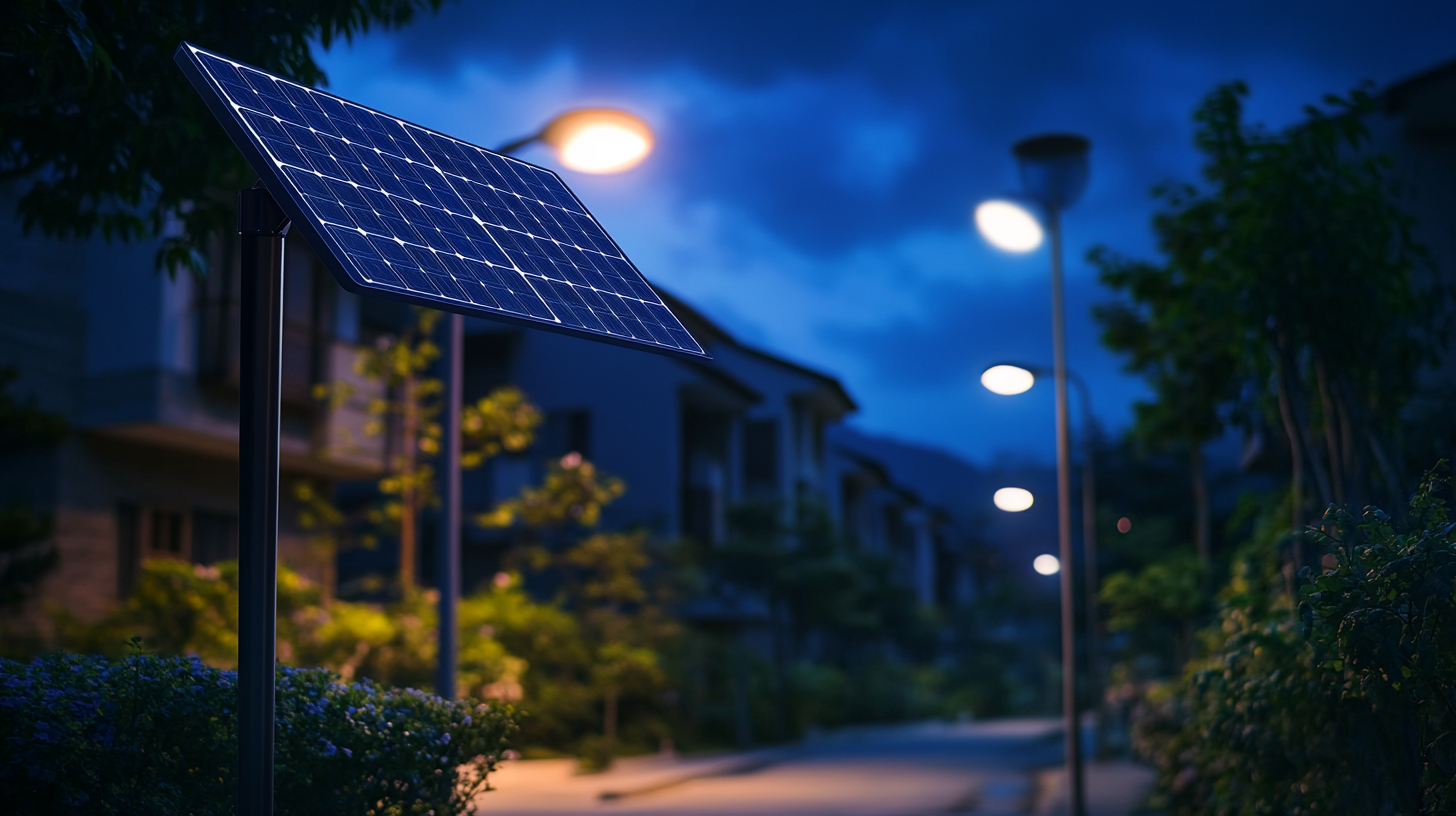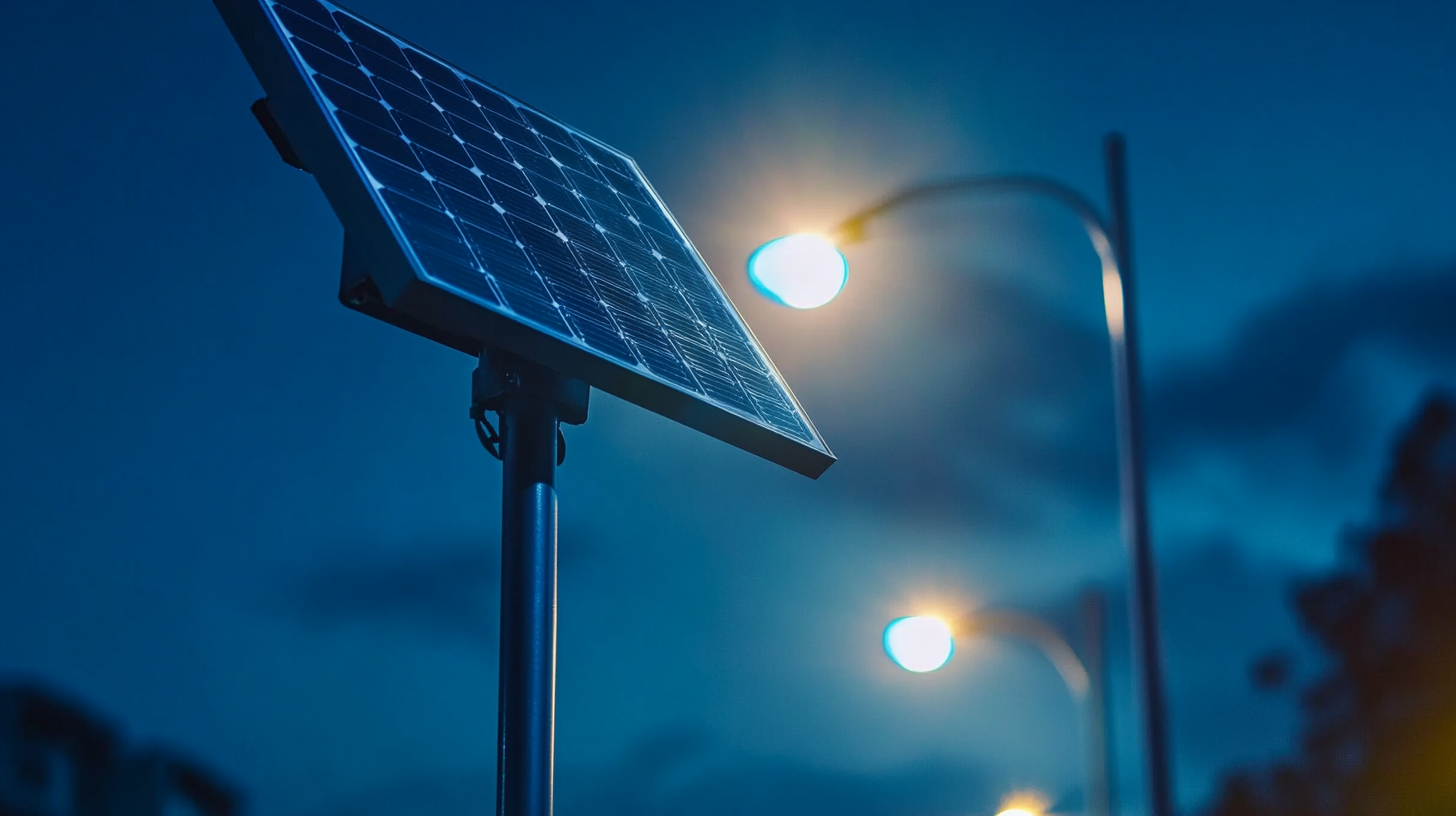Chinese Innovation Leading the Way in Best Solar Lights for a Sustainable Global Future
In recent years, the demand for sustainable energy solutions has surged, prompting innovative technologies to take center stage. Among these, solar lights have emerged as a beacon of hope in our quest for a greener planet. As countries strive to reduce their carbon footprints and embrace renewable energy, China's pioneering advancements in solar lighting systems stand out for their efficiency, affordability, and versatility. This ultimate guide not only explores the remarkable innovations being developed in China but also highlights how these solar lights are reshaping urban landscapes and rural communities alike. By integrating cutting-edge technology with eco-friendly practices, Chinese innovators are leading the charge towards a sustainable global future, making solar lighting an essential focal point in our collective efforts to combat climate change and enhance energy accessibility worldwide. Join us as we delve into the world of solar lights and discover how they can illuminate our paths to a brighter, more sustainable tomorrow.

Chinese Solar Innovations: Pioneering Sustainable Light Solutions
Chinese solar innovations are at the forefront of developing sustainable light solutions, paving the way for a brighter and more eco-friendly future. Companies in China have leveraged advanced technologies and scalable manufacturing processes to produce high-efficiency solar lights that cater to various applications, from urban street lighting to outdoor recreational areas. These solar lights incorporate smart technology, including motion sensors and remote control capabilities, maximizing energy efficiency and reducing waste.

Furthermore, the emphasis on eco-friendly materials in production reflects a deep commitment to sustainability. Many Chinese manufacturers are investing in research and development to create longer-lasting, more durable products, thus minimizing the environmental impact of discarded lighting systems. This dedication reshapes the landscape of solar energy, offering solutions that not only illuminate but also enhance community engagement through participatory designs that meet local needs and cultural aesthetics. As these innovations spread globally, they hold the potential to transform how we think about energy consumption and environmental responsibility.
The Environmental Benefits of Solar Lights in Urban Areas
The increasing adoption of solar lights in urban areas reflects a growing commitment to sustainability and environmental health. These innovative lighting solutions offer significant ecological benefits, such as reducing energy consumption and lowering greenhouse gas emissions. With global awareness of the climate crisis rising, cities are turning to solar street lighting as a viable alternative, contributing to cleaner air and healthier communities. As the solar street lighting market is projected to reach $11.1 billion by 2033, cities are recognizing the potential of this technology to illuminate public spaces while simultaneously addressing environmental concerns.
Furthermore, the integration of smart interoperable urban lighting systems enhances not only energy efficiency but also safety in urban settings. Residents can enjoy well-lit streets without the accompanying costs and pollution of traditional street lighting. Initiatives like Detroit's Neighborhood Solar Initiative exemplify how urban landscaping can be revamped to support clean energy production, transforming vacant lots into vibrant sources of power. The proliferation of solar lights in cities is not merely an upgrade in illumination but a significant step towards a sustainable urban future, showcasing how innovation can harmonize with environmental stewardship.

Economic Advantages of Adopting Solar Lighting Technologies
The economic advantages of adopting solar lighting technologies are becoming increasingly apparent as communities and businesses seek sustainable solutions.
Solar lights, powered by renewable energy, significantly reduce electricity costs, allowing organizations to allocate resources to other critical areas. With minimal maintenance requirements and a long lifespan, these systems provide cost savings over time. Furthermore, the decreasing price of solar technology makes it more accessible to a broader range of consumers, fostering widespread adoption.
Investing in solar lighting not only alleviates energy expenses but also contributes to job creation and local economies. The increase in demand for solar products encourages innovation and new business ventures, particularly in manufacturing and installation sectors. Moreover, by reducing reliance on fossil fuels, communities can lessen their environmental footprint while still reaping the financial benefits of cleaner energy solutions. As more regions embrace solar lighting, the ripple effect drives further advancements and economic growth, positioning solar technology at the forefront of a sustainable global future.
Enhanced Energy Efficiency: How Solar Lights Reduce Carbon Footprint
Solar lights are becoming increasingly popular as a sustainable lighting solution, significantly contributing to enhanced energy efficiency and a reduced carbon footprint. By harnessing the power of the sun, these innovative lighting options do not rely on traditional electricity sources, which often increase greenhouse gas emissions. Instead, they store solar energy during the day, allowing for bright and efficient illumination at night while minimizing environmental impact.
One tip for maximizing the efficiency of solar lights is to ensure they are installed in locations with ample sunlight exposure. This helps optimize their energy absorption during the day. Additionally, regularly cleaning the solar panels ensures that dust and debris do not obstruct sunlight, maintaining their efficiency.
Another consideration is choosing high-quality solar lights with advanced LED technology. These lights consume less energy and offer longer-lasting performance compared to traditional bulbs. Investing in smart solar lighting solutions that can automatically adjust brightness based on ambient light conditions will further reduce energy usage, providing an eco-friendly way to light both residential and commercial spaces.
Chinese Innovation Leading the Way in Best Solar Lights for a Sustainable Global Future - Enhanced Energy Efficiency: How Solar Lights Reduce Carbon Footprint
| Feature |
Value |
Impact on Carbon Footprint |
| Solar Panel Efficiency |
22% |
Reduces reliance on grid electricity |
| Battery Life |
8 hours |
Allows use of stored solar energy at night |
| Average Lifespan |
25,000 hours |
Longer lifespan leads to less waste |
| CO2 Emissions Reduction |
0.5 tons/year |
Direct impact on minimizing greenhouse gases |
| Installation Cost Savings |
20% less than traditional lights |
Encourages adoption of solar technology |
The Role of Chinese Technology in Shaping Global Solar Lighting Trends
The role of Chinese technology in shaping global solar lighting trends cannot be overstated. As the world's largest manufacturer of solar lighting products, China has harnessed advanced technologies to produce efficient, durable, and cost-effective solutions. According to a report by the China National Renewable Energy Centre, the country’s solar lighting market is expected to grow at a compound annual growth rate (CAGR) of 23% over the next five years. This rapid growth is fueled by China's commitment to achieving carbon neutrality by 2060, encouraging the adoption of renewable energy technologies across various sectors.
Chinese firms are at the forefront of innovation, integrating smart technologies such as IoT and AI into solar lighting systems. A 2022 study from the Global Solar Council highlights how smart solar lights can significantly reduce energy consumption and improve efficiency, showcasing energy savings of up to 80% compared to traditional lighting methods. Additionally, initiatives like the Belt and Road Initiative are facilitating the global distribution of these advanced solar lighting systems, further solidifying China’s influence in the renewable energy sector. This strategic global outreach not only promotes sustainability but also reinforces China's position as a leader in solar technology innovation.
Chinese Innovation in Solar Lighting
This chart illustrates the rapid growth of global solar lighting installations over the past five years, highlighting the significant contribution of Chinese innovation and technology in driving forward this sustainable solution for the future.



